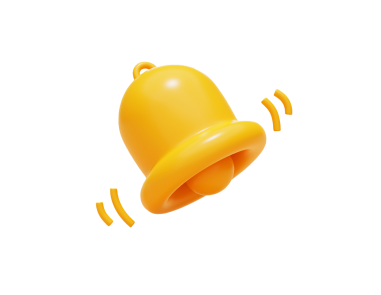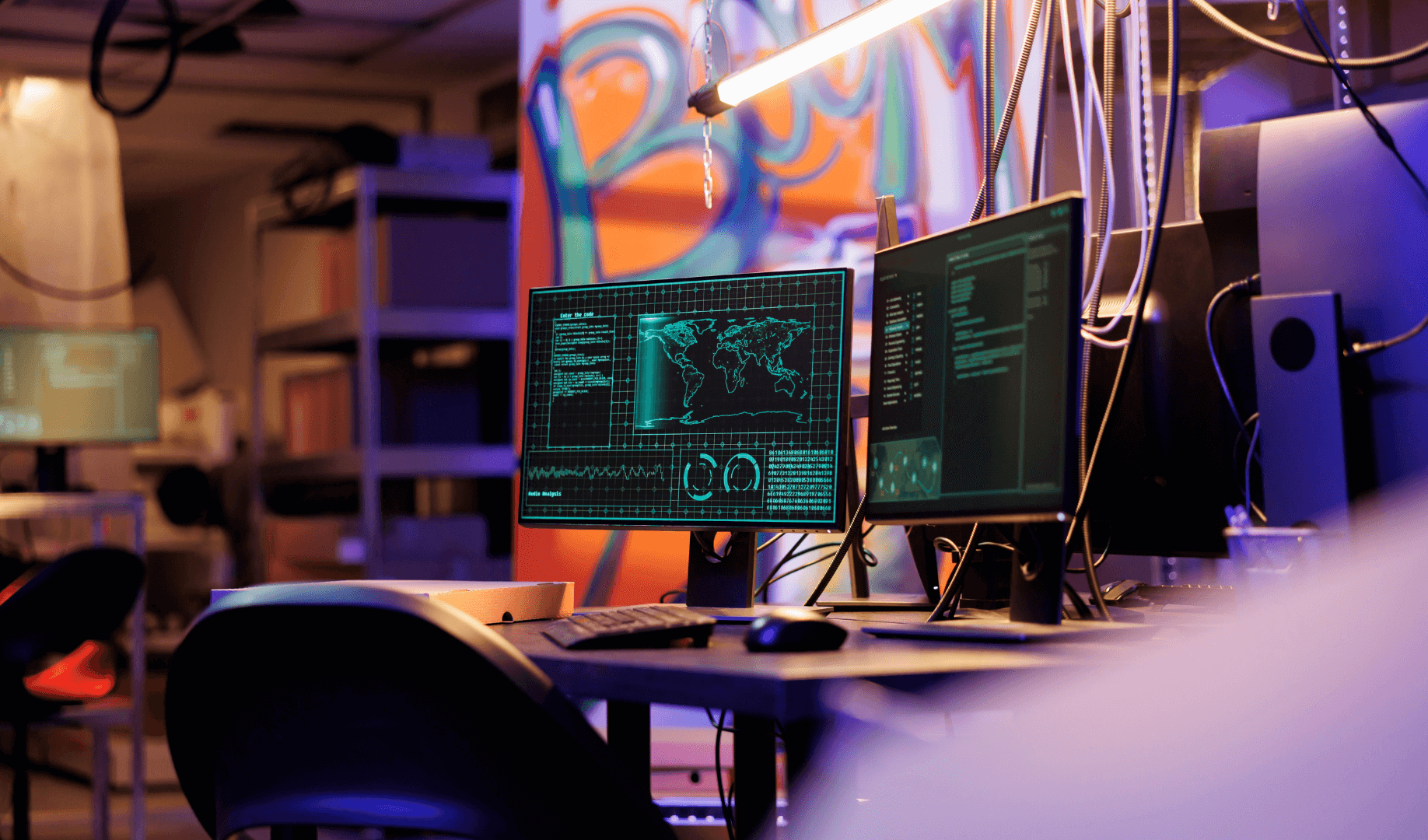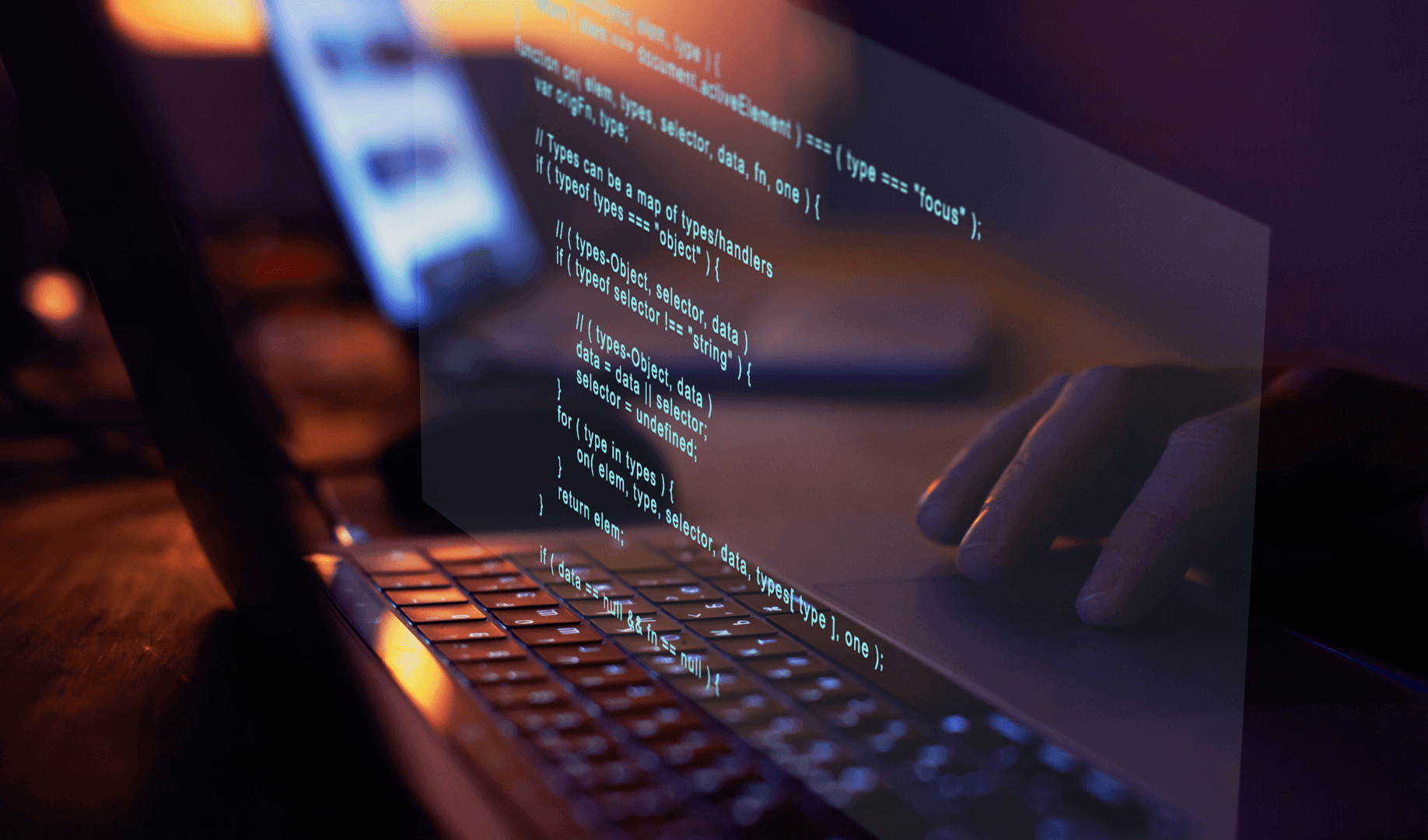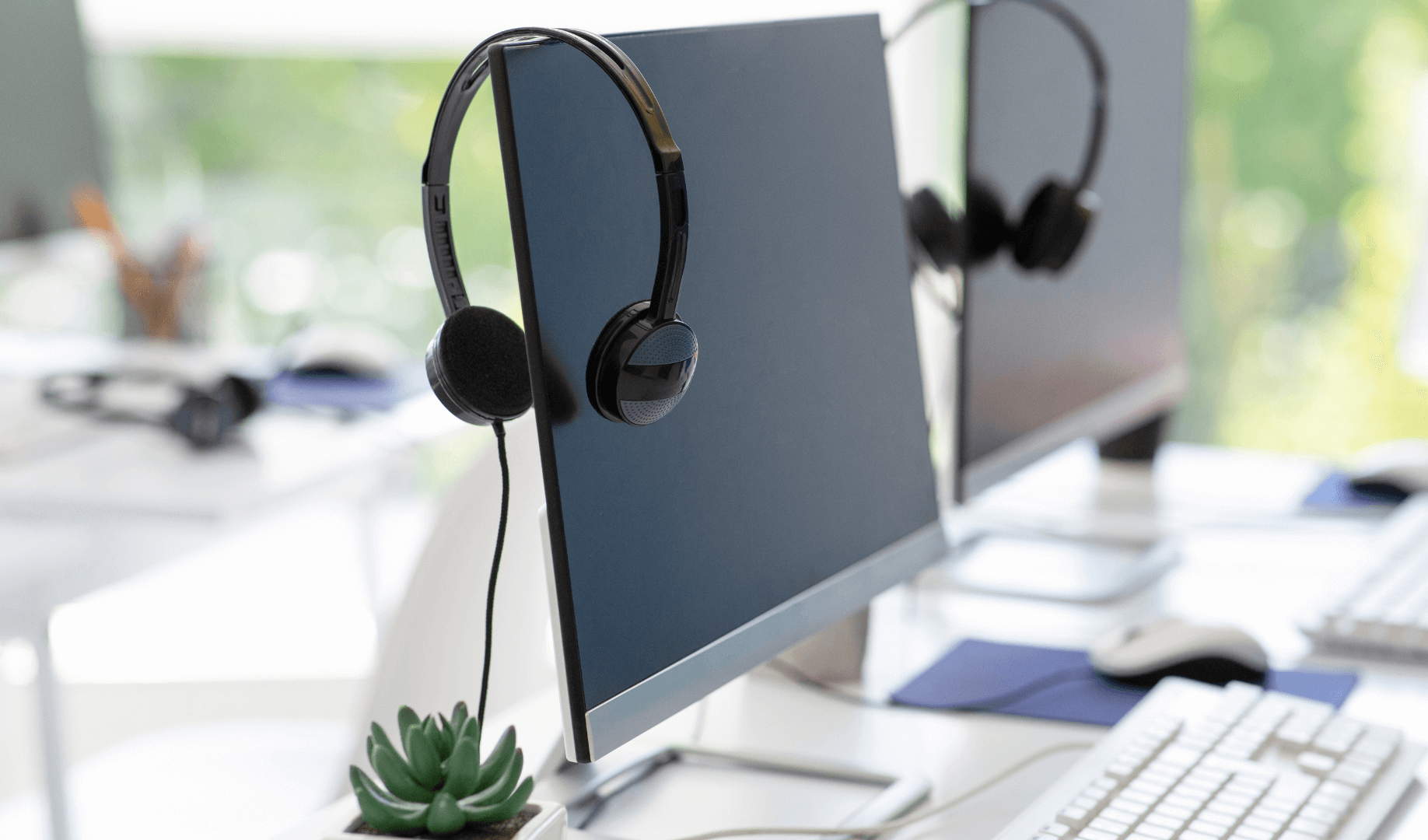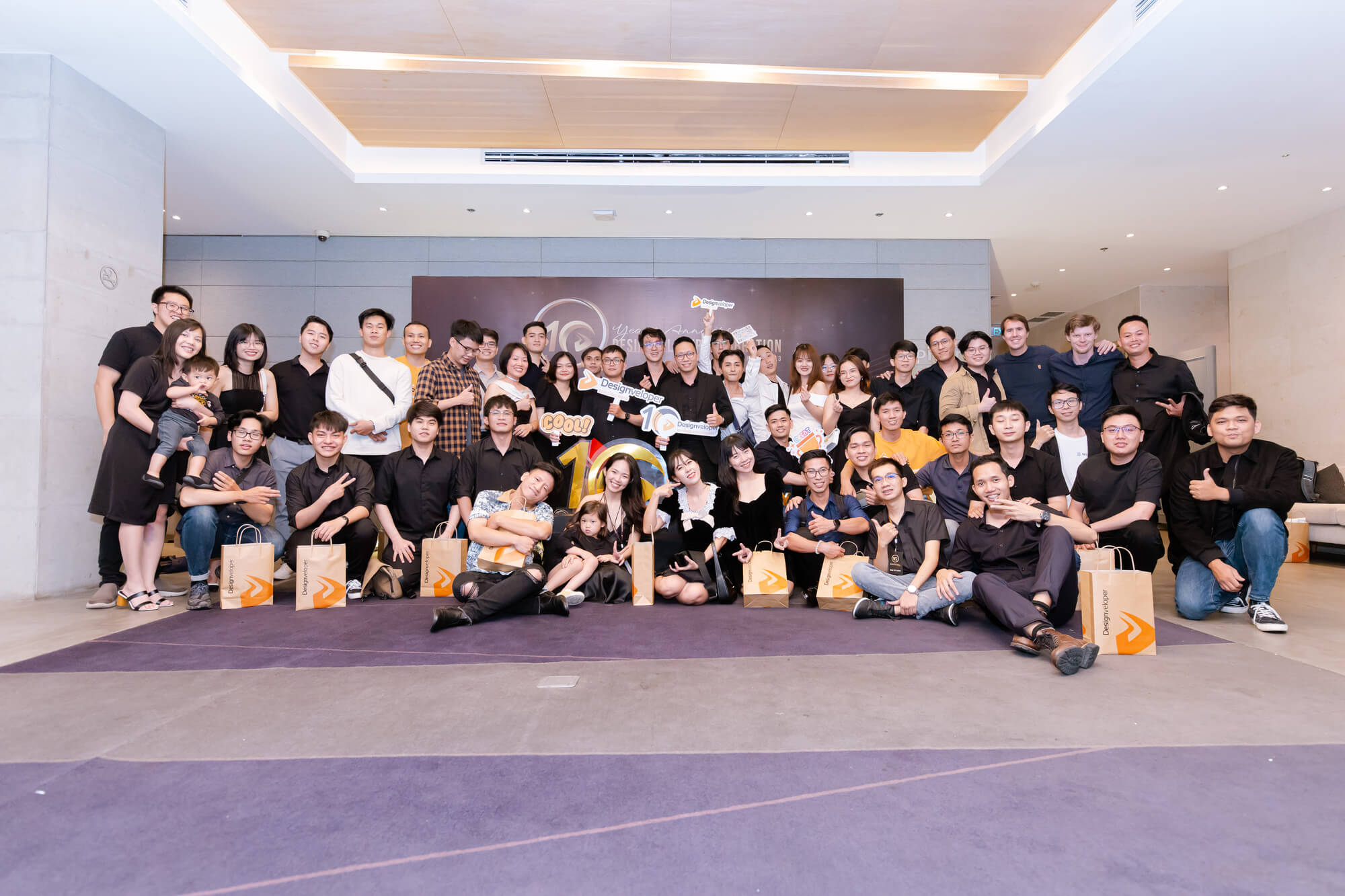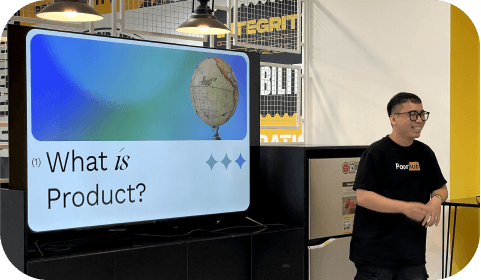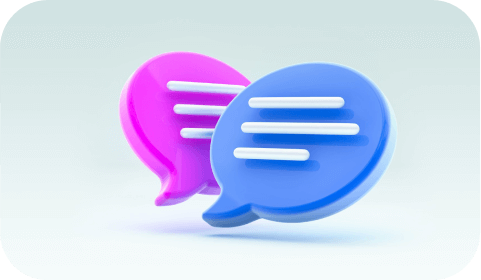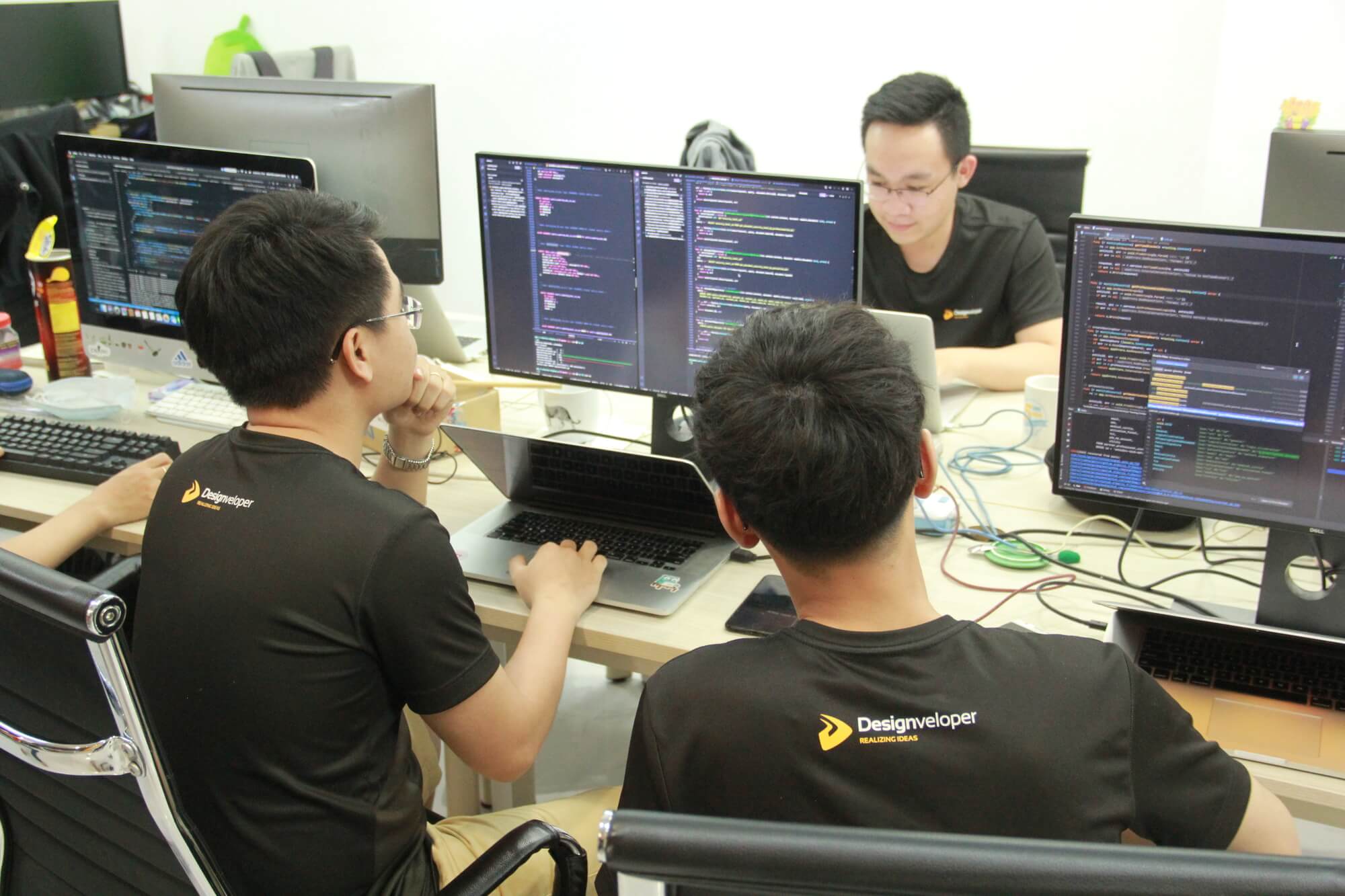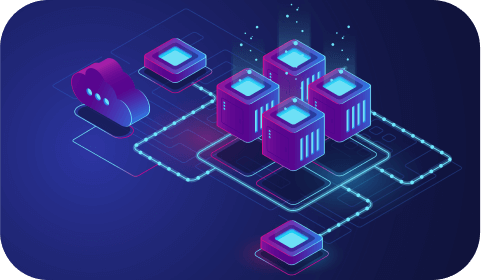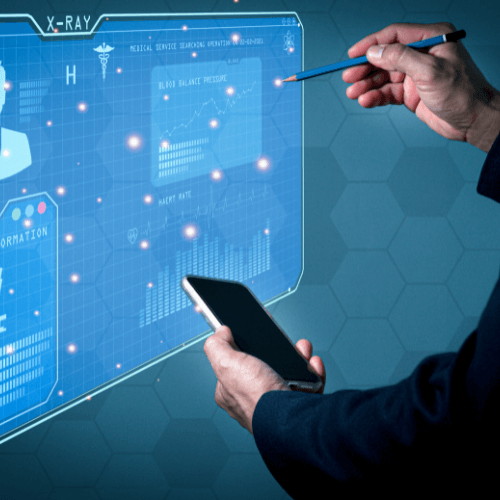Why Software for Food Delivery Is Essential for Modern Restaurants
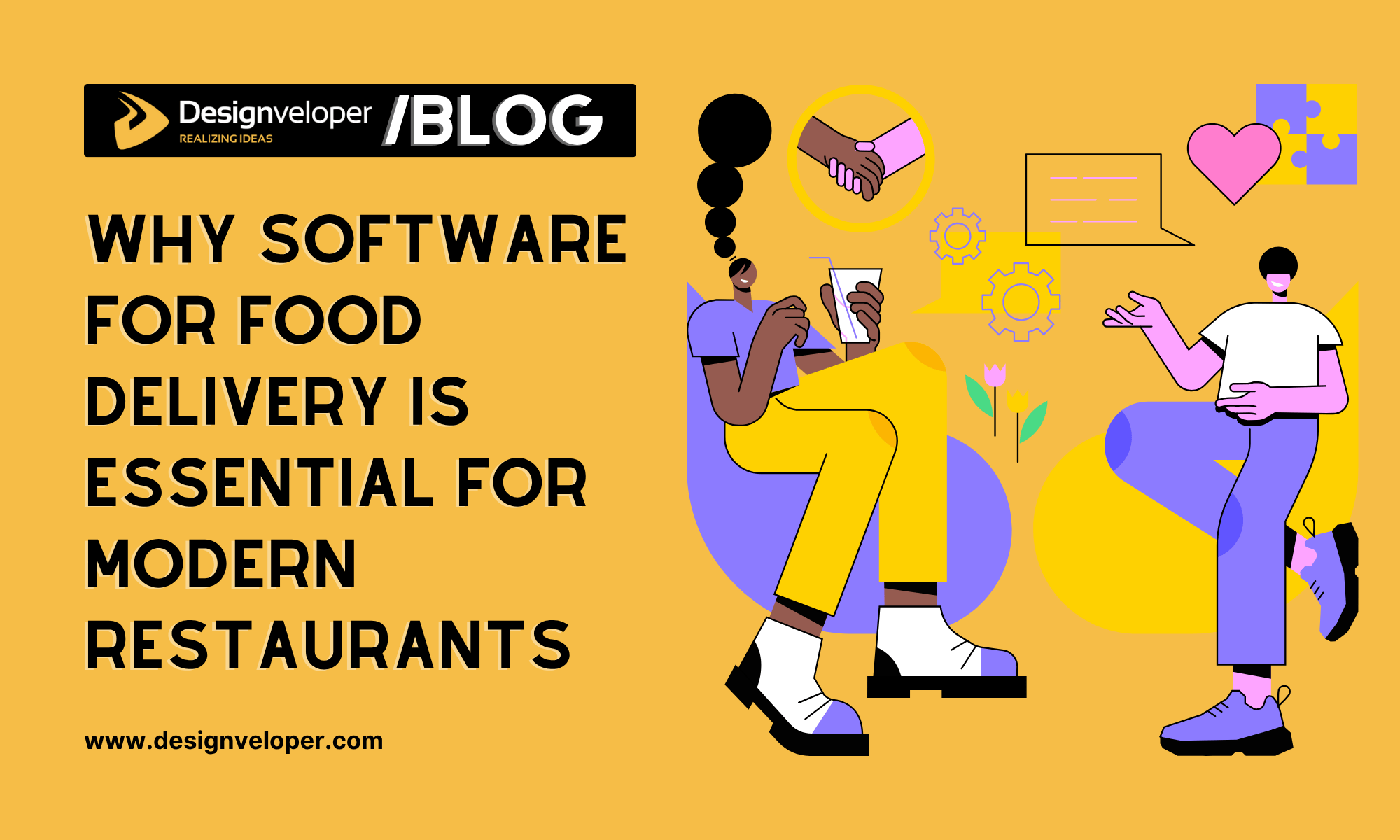
Domino’s Pizza built its entire empire on fast delivery, growing to over 20,000 franchises worldwide. Their success proves one thing: efficient delivery management is the backbone of the restaurant business. Today, without proper technology, you’re not just losing time — you’re losing money.
The delivery market is changing at lightning speed, and the numbers speak for themselves. Over 53.4% of users worldwide order through delivery apps at least once a week, according to analytics data.
And along with growing demand comes growing headaches for restaurant owners. Managing multiple delivery platforms simultaneously, order errors, kitchen chaos when you don’t know which order to prepare first. Add to this aggregator commissions that eat up to 30% of profits, and the picture becomes quite grim.
In this article, we’ll figure out how software for food delivery can stop this chaos and help you earn more. We’ll talk about what a food delivery management system is, how it works, and why competing without it in 2026 will be extremely difficult.
What Is Food Delivery Software and Why You Need It
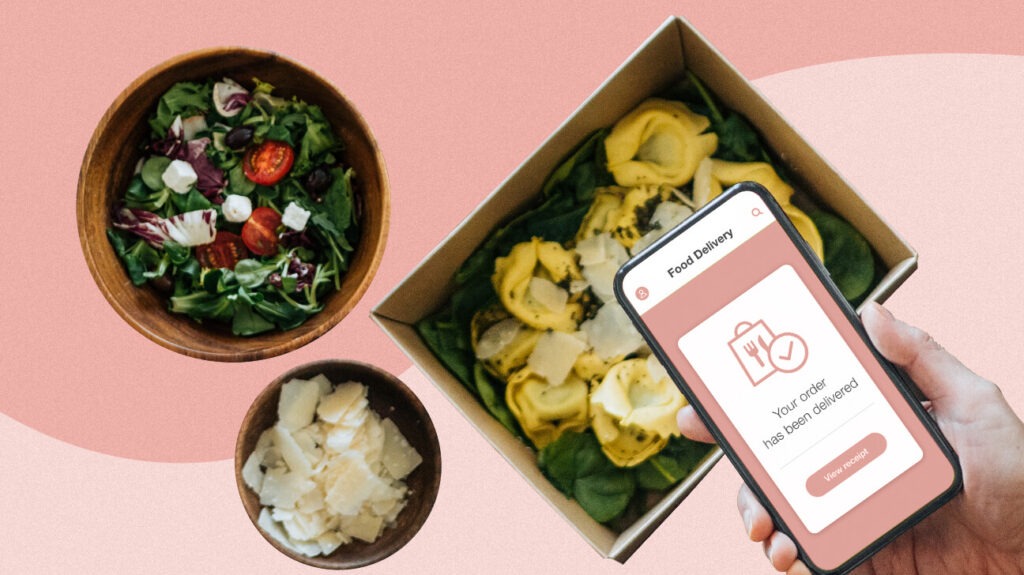
Let’s skip the complicated terms. Food delivery software for restaurants is a comprehensive system that unites all delivery processes in one place. Instead of juggling manual orders, phone calls, and different spreadsheets, you get everything in one system.
Modern on-demand food delivery software includes:
- Ordering website for customers. Instead of relying solely on aggregators, you can have your own direct sales channel. Orders go straight into your system, with no commissions.
- Kitchen Display System (KDS). Cooks see all orders in the correct sequence, know the priorities, and don’t get lost in paper receipts. It’s like GPS for your kitchen, showing the shortest path to order fulfillment.
- Real-time menu management. Run out of the popular burger? One click and it disappears from your ordering site instantly. No need to make edits across multiple platforms.
- Analytics and reports. You see which dishes sell best, what time has the most orders, how much you’re saving compared to aggregator commissions. Numbers are power, especially when you need to make decisions about menu or pricing.
Main Challenges That Food Delivery Management System Solves
If you’ve ever managed a restaurant with delivery, you know these problems by heart. And honestly, they can drive anyone crazy.
Problem #1: Kitchen and order chaos. Without a centralized system, orders can be lost, duplicated, or delayed. A delivery management solution puts them in one streamlined flow.
Problem #2: Order errors. The waiter misheard, the cook misread, food went to the wrong customer, and now angry reviews are flying at you on Google Maps and social media. Delivery software minimizes the human factor.
Problem #3: Aggregator commissions. Major platforms can take 25–30% from each order. That’s crazy money. Modern systems allow you to create your own website for orders, where customers order directly. You only pay for the software subscription, and all money from the order stays with you. It’s also more profitable for customers since they don’t pay service commissions.
Problem #4: Inability to track efficiency. Without quality analytics, you’re acting blindly. Which dishes are ordered most often? What time is the biggest rush? What’s the average check size? This is where on demand food delivery software becomes crucial, giving you all this data in real time and showing it in a convenient format.
Problem #5: Lost customers. If a person orders through an aggregator, they’re the aggregator’s customer, not yours. You don’t have their contacts, can’t send them special offers or birthday wishes. A food delivery management system with your own ordering website allows you to keep all customer data in your database.
Some companies (for example, Delivety) offer a full ecosystem where they combine all these functions in one platform: from menu builder and KDS to analytics, CRM tools, and optimized ordering website. Everything necessary is collected in one tool.
Costs: Custom Development vs. Ready-Made SaaS
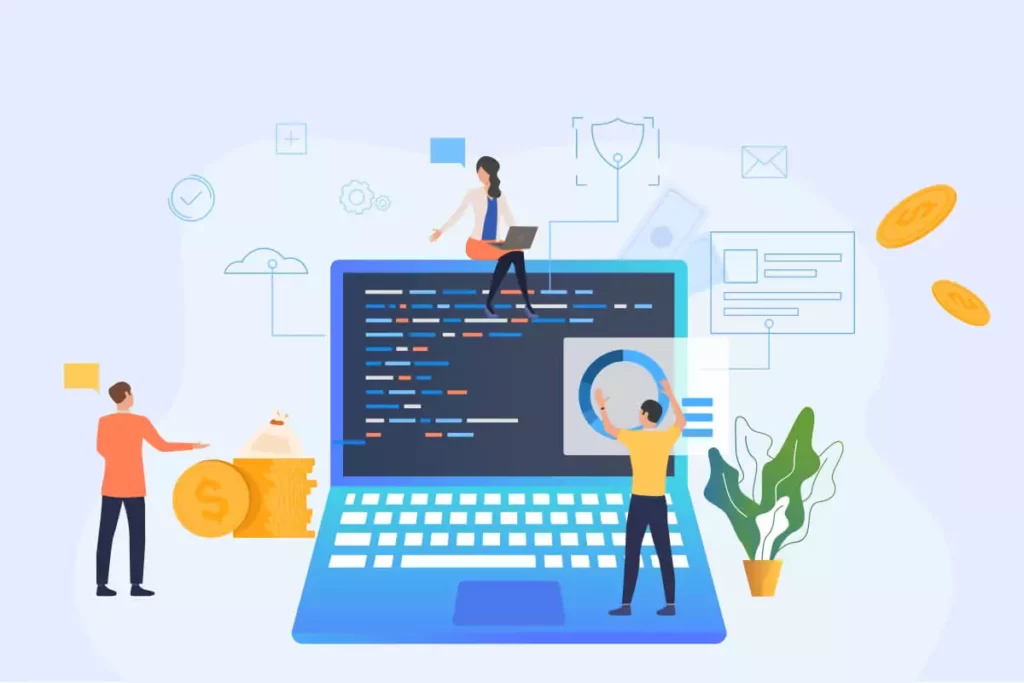
Developing a custom food delivery app solution from scratch can start from $15,000–$20,000 and take months of work. For most restaurants, this is an unreasonable expense.
That’s why specialized SaaS systems are a game changer: they offer all the needed functions for a small monthly subscription that starts from just a few dozen dollars (from $9/month in Delivery). You don’t spend tens of thousands upfront, but still get a professional-grade solution with fast launch and ongoing updates included.
How Software for Food Delivery Helps You Earn More
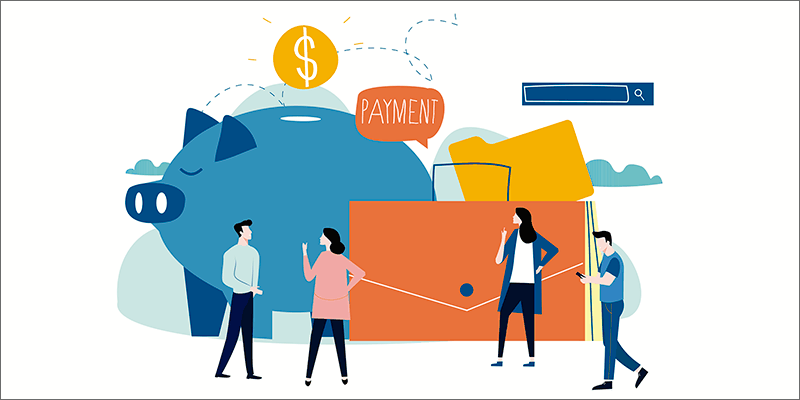
Here’s the most interesting part. Implementing new software isn’t about expenses, it’s about an investment that pays off quite quickly. Let’s count on our fingers.
- Service speed. When a unified order collection system works like clockwork, you can process more orders in the same time. Less time on confirmation, fewer errors, faster preparation, which means more happy customers and more orders during peak hours.
- Menu optimization. Analytics shows what’s selling poorly. Maybe you have dishes that are complex to prepare but rarely ordered. By removing them, you simplify kitchen work and focus on hits. That’s real savings on time and products.
- Commission savings. If you earn $10,000 a month through aggregators, you’re giving them about $2,500 in commissions. Even if only 30% of customers switch to your personal solution, the savings for the business will be noticeable. And over time, more people will move there due to the absence of commissions for the customer and your marketing follow-ups on obtained contacts.
- Increased average check. Your own systems allow you to add smart offers: “Add a drink?”, “Try our new dessert with 20% discount.” These upsells work and the average check grows by 15–20%, and most importantly, you control it yourself. And it’s not intrusive — the customer just sees the offer at the right moment.
Software for Food Delivery Is the Basic Stage of Restaurant Development
The restaurant business in 2026 must be fast, convenient, technological. If you don’t have a proper system for managing delivery, you’re losing money every day. Losing on commissions, on errors, on dissatisfied customers, on inefficiency.
On demand food delivery software saves your time, nerves, and budget, while making customers happier and your business more profitable.
Modern SaaS solutions are affordable, understandable, and quickly pay for themselves. Invest in technology today so that tomorrow your restaurant works like a well-oiled machine.




